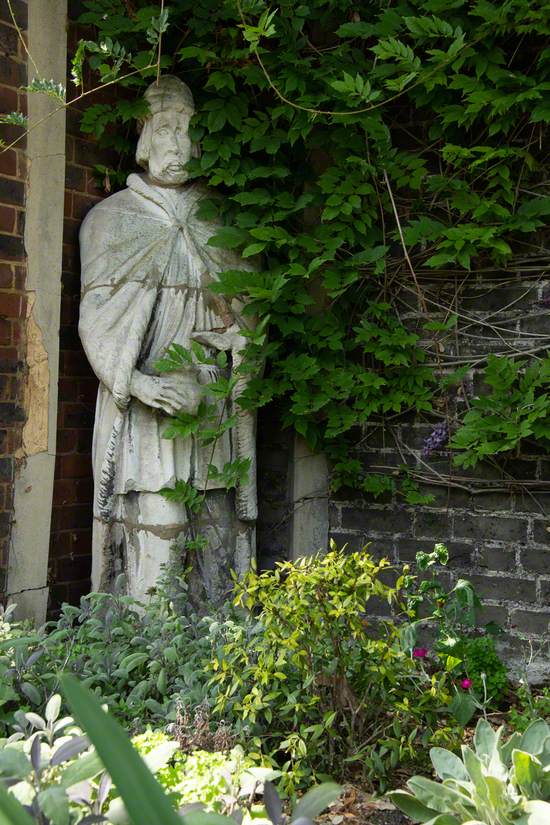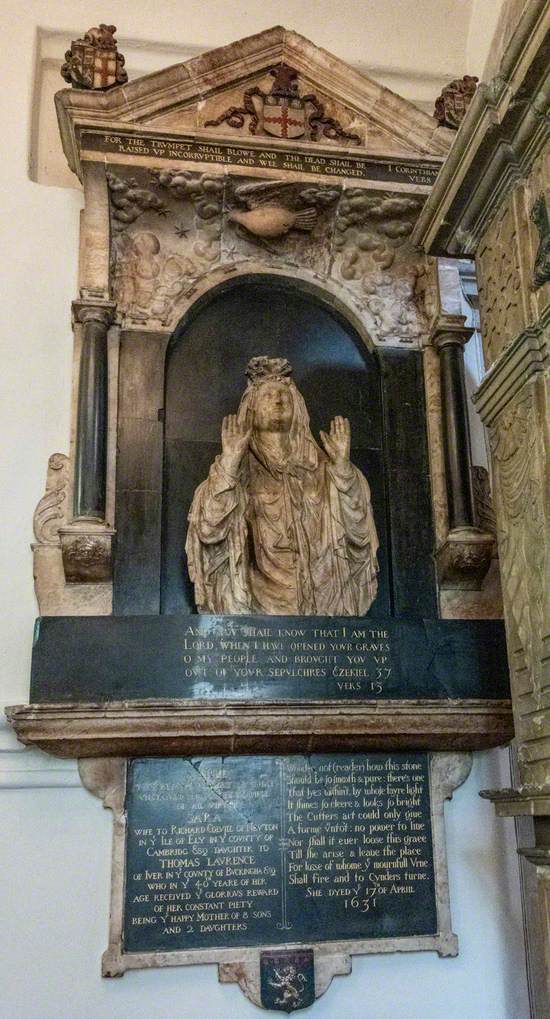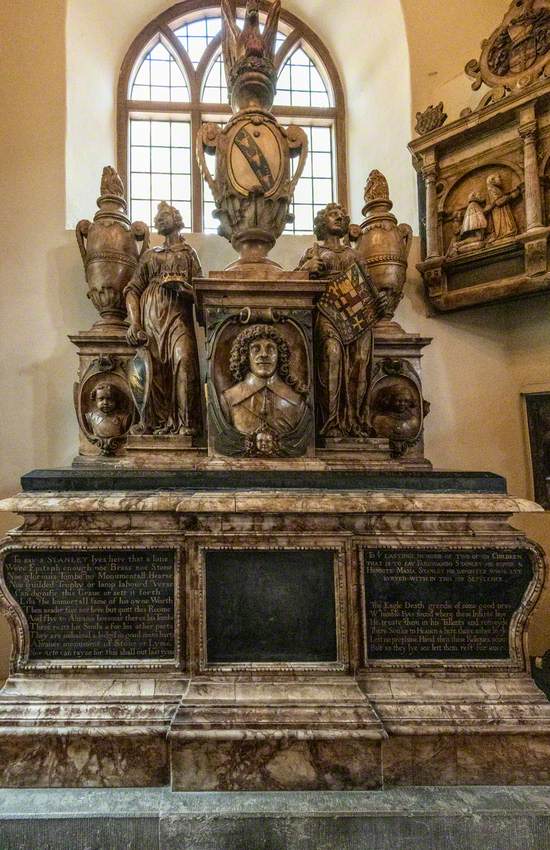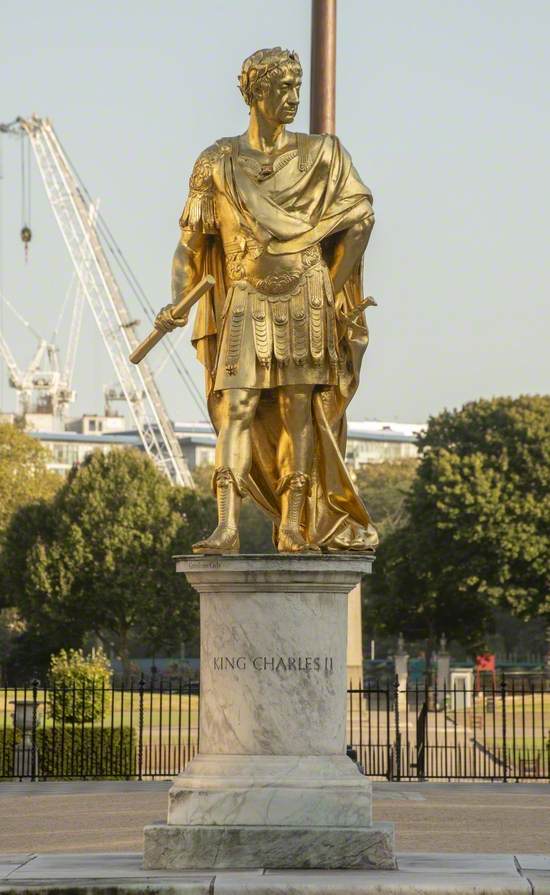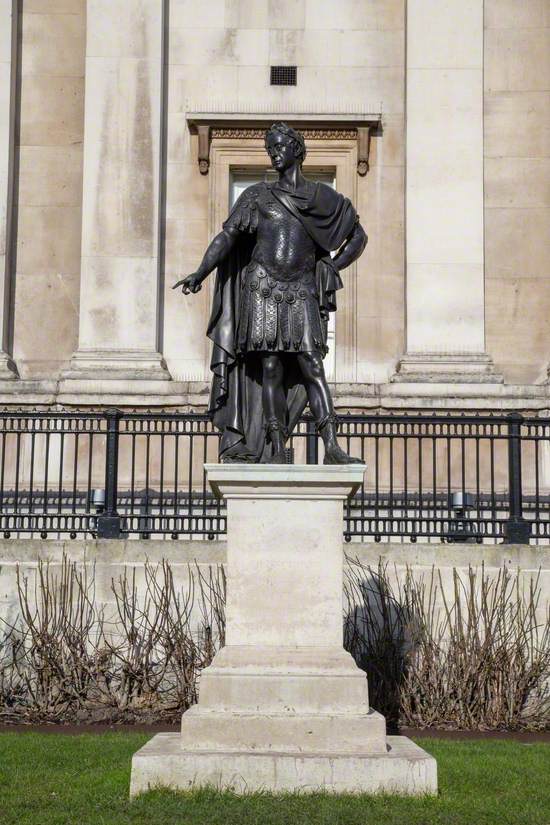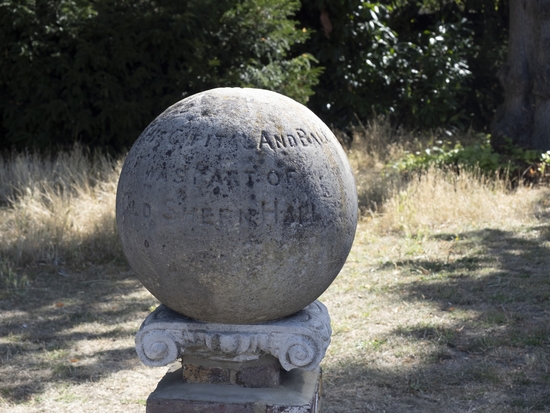These public sculptures are amongst the oldest recorded in London by Art UK as part of their sculpture digitisation programme.
The sculptures can be found in squares, parks and churches. They tell us about some of the people who lived in the city in the 16th and 17th centuries, at a time when London and its population was growing at a fast rate. These centuries saw the the reign of the Tudors, the English Civil War, plagues and the Great Fire of London.
The Ancient Melancholy Man
This 16th-century statue can be found in a corner of Holland Park, Kensington and Chelsea, and is thought to have stood here since the Formal Garden was created in 1812. He stands beside an old brick wall which runs the length of the Formal Garden, half hidden by ivy and shrubs. His feet are buried in the ground and his back is attached to the wall.
His melancholy expression has led to him being described as London's saddest statue.
Monument to Thomas Hungerford and Wife
This funerary monument in Chelsea Old Church, Kensington and Chelsea, commemorates the life of Thomas Hungerford and his wife, Ursula Maidenhead.
Hungerford served four monarchs as a gentleman-at-arms or a gentleman pensioner and attended the funerals of the three he outlived (Henry VIII, Edward VI and Mary I). He saw action at the winning of Boulogne and at Pinkie, and his name occurs on a list of gentlemen-at-arms who had remained loyal to Queen Mary in July 1553.
The words on the frieze, 'O Lord in thee have I trusted, let me never be confounded', are a quotation from the final line of the hymn 'Te Deum Laudamus' as prescribed for Matins in The Book of Common Prayer.
Monument to Thomas Lawrence and Wife
This funerary monument in Chelsea Old Church, Kensington and Chelsea, commemorates the life of Thomas Lawrence, his wife and their children. The inscription states that he died at aged 54 and that five of his eleven children survived him. Thomas was a Goldsmith and Merchant Adventurer of the City of London.
The accompanying inscription concludes with a 'memento mori' typical of the Post-Reformation period, warning the reader 'that death is sure and time is past renewing'.
Monument to Gregory Fiennes, Lord Dacre, and Anne, Lady Dacre
This tomb, in Chelsea Old Church, commemorates Gregory Fiennes, 10th Baron Dacre, and Anne, Lady Dacre. Gregory was a courtier and the son of Thomas Fiennes, 9th Baron Dacre (c.1515-1541) and Mary Neville. His father was convicted of the murder of a gamekeeper and hanged at Tyburn in 1541 after which his family was stripped of its lands and titles by Henry VIII. On her ascension in 1558 Queen Elizabeth restored the title of Baron Dacre to Gregory, his elder brother Thomas having died of the plague at age 15.
Gregory is depicted in two oil paintings which can be seen on Art UK. One, which shows him with his mother Mary Neville, is in the National Portrait Gallery. The other is in the Guildhall Art Gallery, London.
unknown artist
Alabaster & marble
Charles I (1600–1649)
This equestrian statue, the first of its kind in England, was originally commissioned in 1630 by Charles I's Lord Treasurer Sir Richard Weston for his house Mortlake Park, Roehampton. The statue was originally cast in 1633 by Hubert Le Sueur, with the carved pedestal by Joshua Marshall added when the statue was erected in its current position on the site of an Eleanor Cross in 1674–1675.
Charles is represented riding bareheaded and wearing armour. His left hand holds the reins, his right rests on a baton, supported on the pommel of his saddle. Suspended on the king’s chest is the order of St George.
Hubert Le Sueur (c.1580–1658) and Joshua Marshall (active 17th C) and Christopher Wren (1632–1723)
Bronze
H 280 x W 236 cm
Monument to Sara Colvile
Sara was the daughter of Thomas Lawrence, who is also commemorated in a monument in Chelsea Old Church, Kensington and Chelsea. She died in 1631, aged 40. The inscription on her tomb says that she was the 'happy mother of 8 sons and 2 daughters'.
The memorial is the work of John and Matthias Christmas, who are known to have produced several similar resurrection monuments during the mid-17th century. Sara is shown rising from her tomb on the Day of Judgement, wearing a voluminous shroud, tied above the head and, presumably, at the feet. This is typical of shrouds used in the 16th and 17th centuries, before more tailored garments became popular in the 1700s.
Memorial to Sir Robert Stanley
This funerary monument in Chelsea Old Church, Kensington and Chelsea, commemorates Sir Robert Stanley, an English politician who sat in the House of Commons in 1626.
Stanley was the son of William Stanley, 6th Earl of Derby. He was appointed Knight of the Order of the Bath at the coronation of King Charles I on 2 February 1626. In 1626, he was elected Member of Parliament for Lancashire.
Memorial to Lady Jane Cheyne and Charles Cheyne
Lady Jane Cheyne, who is commemorated in this memorial in Chelsea Old Church, Kensington and Chelsea, was the daughter of William Cavendish, Duke of Newcastle, and later the wife of Charles Cheyne, Viscount Newhaven. She was a benefactor to Chelsea Old Church and the village of Chelsea, using her own money to have the Church re-roofed in 1667. Jane helped manage her father's properties while he spent the English Civil War in exile. She was responsible for a variety of military correspondences and for salvaging many of her family's possessions.
Jane was a poet and playwright. Her literary works include the play ‘The Concealed Fansyes’ written in conjunction with her sister, Lady Elizabeth. The manuscript is in the Bodleian Library.
Antonio Raggi I (1624–1686) and Paolo Bernini (b.1648)
Marble
Charles II (1630–1685)
This copper and bronze statue stands outside The Royal Hospital Chelsea. Charles II founded the Royal Hospital in 1682 as a home for retired army veterans 'broken by age or war'.
The statue, depicting the king in the attire of a Roman general, was was designed by Grinling Gibbons, an Anglo-Dutch sculptor and wood carver.
The statue originally stood elsewhere and was moved to the Royal Hospital after Charles's death in 1685. Annually, on 29 May, Oak Apple Day, the traditional day for the celebration of the Restoration in 1660, the statue is wreathed with oak leaves.
Grinling Gibbons (1648–1721)
Copper & bronze
H 155 x W 118 cm
The Royal Hospital Chelsea
James II (1633–1701)
This standing figure in Trafalgar Square depicts James II as a Roman emperor, with his left hand resting on his hip and a crown of laurel on his head. It formerly held a baton in its right hand, though this is now missing.
This sculpture was first erected at the Palace of Whitehall and was later placed in St James's Park. During World War II the statue was put into storage at Aldwych tube station, before being relocated to its present site outside the National Gallery in 1947.
Grinling Gibbons (1648–1721) (school of)
Bronze & Portland stone
H 206 cm
Capital and Ball
This 17th-century stone globe sundial, on a brick column, shows faint hour lines and faint remains of Roman numerals. It stands on Forest Road, Walthamstow, Waltham Forest.
An inscription around the surface of the ball reads: THIS CAPITOL AND BALL / WAS PART OF / OLD SHERN HALL. Shern Hall was an old manor house in the neighbourhood of the present Shernhall Street, which was demolished in 1896.
Explore artists in this Curation
-
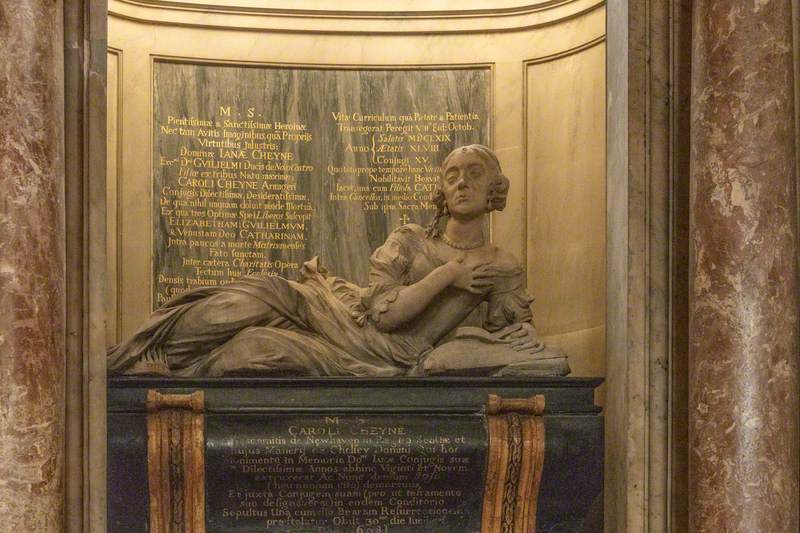
Image credit: Jennette Russell / Art UK
Antonio Raggi I (1624–1686) -
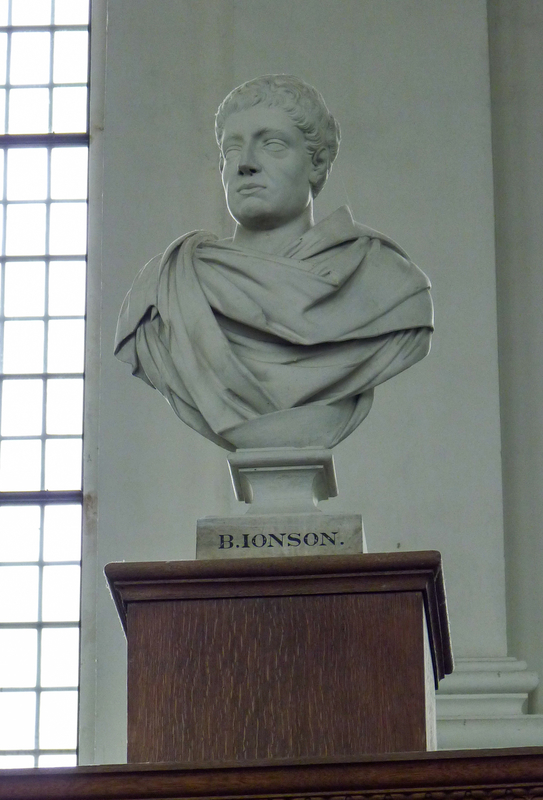
Image credit: Trinity College, University of Cambridge
Grinling Gibbons (1648–1721) -
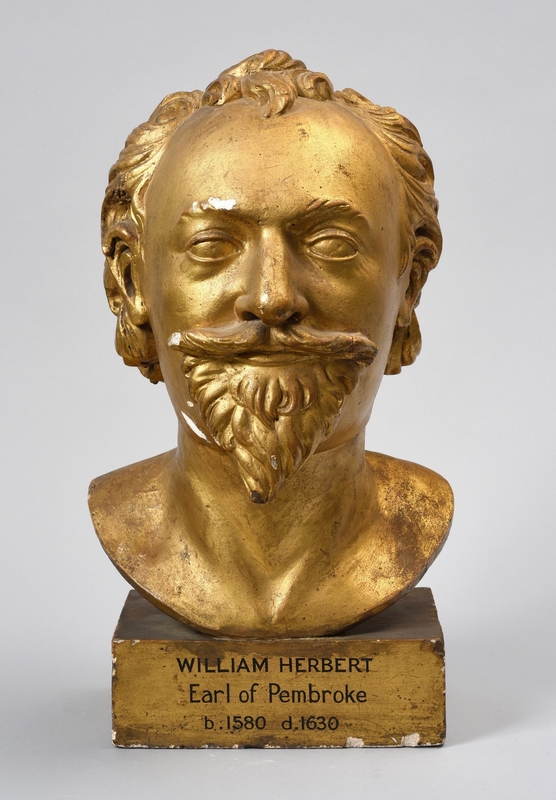
Image credit: Bodleian Libraries
Hubert Le Sueur (c.1580–1658) -

Image credit: Jennette Russell / Art UK
John and Matthias Christmas -
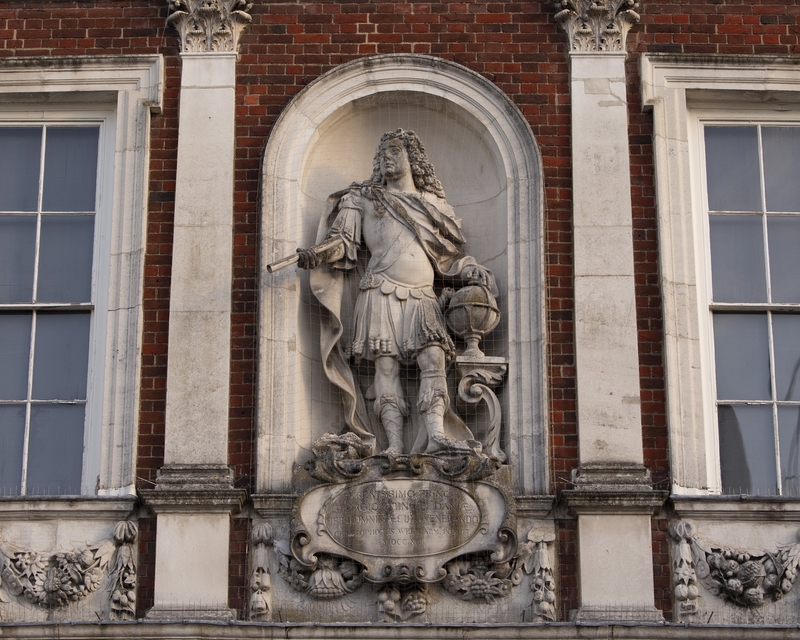
Image credit: Jeff Lawrence / Art UK
Christopher Wren (1632–1723) -

Image credit: Jennette Russell / Art UK
Paolo Bernini (b.1648) -
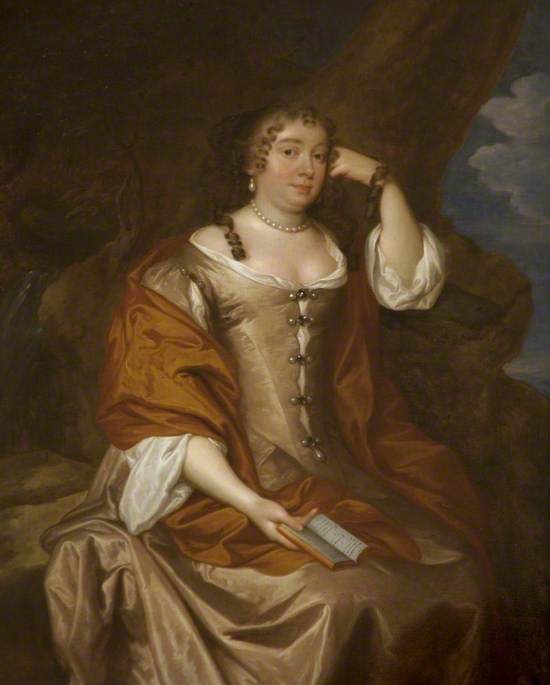
Image credit: The Captain Christie Crawfurd English Civil War Collection
unknown artist -
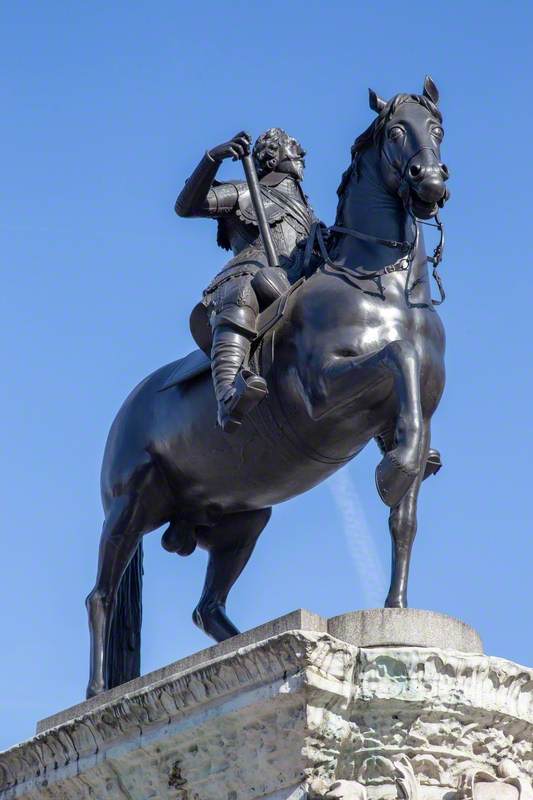
Image credit: Tracy Jenkins / Art UK
Joshua Marshall
